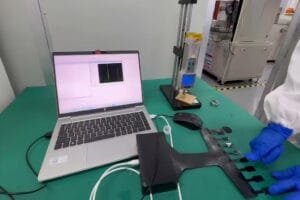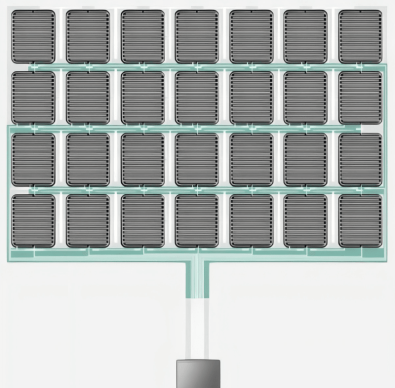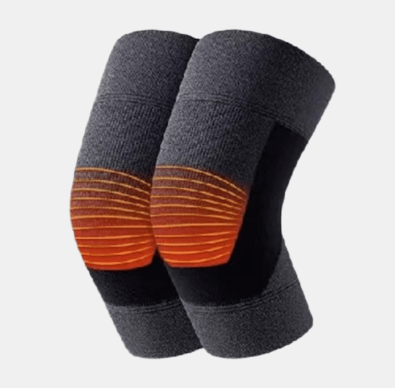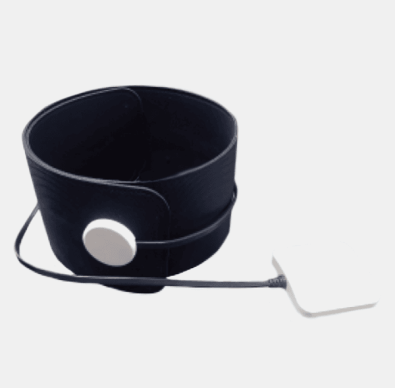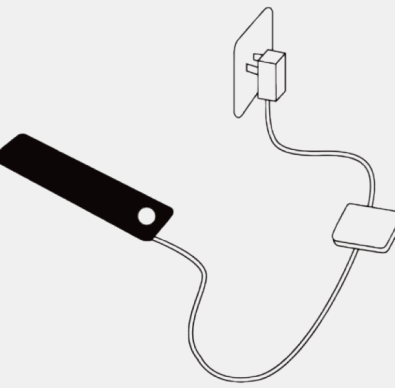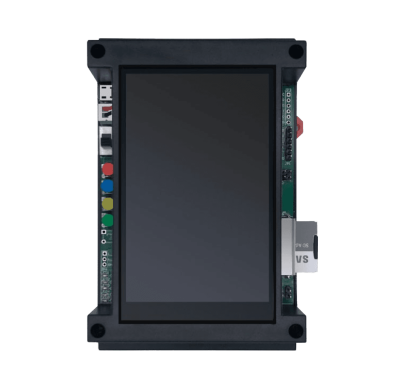How Pressure Sensors in Vehicles Drive Ultimate Performance and Safety Rides
In the modern era, the automotive industry has witnessed a significant shift towards electric vehicles (EVs). As the demand for EVs continues to rise, it becomes crucial to ensure optimal ride comfort and safety for passengers and drivers alike. This is where pressure sensors in vehicles (both electric and conventional) play a pivotal role in the ride detection system.

What are Pressure Sensors in Vehicles
Pressure sensors are devices designed to detect and measure the force exerted on them by a fluid or gas. These sensors convert the pressure into an electrical signal, allowing for accurate readings and analysis. In the automotive industry, pressure sensors are utilized in various applications, including ride detection.
Importance of Ride Detection in Automobiles & Electric Vehicles
Ride detection refers to the process of monitoring and analyzing the behavior of a vehicle during motion, particularly its response to road conditions. This information is crucial for ensuring passenger comfort, vehicle stability, and overall safety. In both traditional automobiles and EVs, ride detection systems play an essential role in optimizing suspension performance, enhancing handling, and reducing vibrations.
Role of Pressure Sensors in Ride Detection
Pressure sensors are key components in ride detection systems, as they provide critical data that helps assess and adjust the vehicle’s suspension and ride quality. Let’s explore some specific applications of pressure sensors in this context:
1. Tire Pressure Monitoring System (TPMS)
One of the most common applications of pressure sensors in vehicles is the TPMS. This system continuously monitors the pressure of each tire, ensuring they are properly inflated. By accurately measuring the pressure inside the tires, pressure sensors help prevent underinflation or overinflation, which can lead to reduced fuel efficiency, tire wear, and even accidents. TPMS not only improves vehicle safety but also contributes to better handling and ride comfort.

2. Suspension System Optimization
Pressure sensors in vehicles are employed in the suspension system to monitor the pressure within the shock absorbers or air springs. By collecting data on the compression and rebound characteristics of the suspension, these sensors enable real-time adjustments to optimize the vehicle’s ride quality. They play a crucial role in maintaining stability, reducing body roll, and minimizing vibrations, thereby enhancing passenger comfort and overall driving experience.
3. Weight Distribution and Load Monitoring
Vehicle sensors are also utilized to monitor the weight distribution and load on different parts of the vehicle. By measuring the pressure on axle suspensions, these sensors help determine the load carried by each wheel. This information is valuable for adjusting the suspension settings, ensuring proper weight distribution, and optimizing vehicle performance and safety.
4. Brake System Performance
Pressure sensors are integrated into the brake system to monitor the hydraulic pressure within the brake lines and calipers. This data is essential for ensuring efficient braking performance and detecting any abnormalities, such as brake fluid leaks or system malfunctions. By providing accurate pressure readings, these sensors contribute to improved braking response, safety, and overall vehicle control.

5. Cabin Comfort and HVAC System Optimization
Vehicle sensors also play a crucial role in optimizing the cabin comfort and HVAC (Heating, Ventilation, and Air Conditioning) systems in automobiles and electric vehicles. These sensors are used to monitor the pressure within the cabin and airflow systems. By accurately measuring the cabin pressure, pressure sensors enable the HVAC system to maintain a comfortable and consistent environment for the passengers. They help regulate temperature, control air distribution, and ensure efficient operation of the HVAC system, contributing to a pleasant and enjoyable ride experience.
6. Aerodynamics and Drag Reduction
Pressure sensors are increasingly being employed to monitor the airflow and pressure distribution around the vehicle’s body. By collecting data on the aerodynamic forces acting on the vehicle, these sensors help optimize the vehicle’s shape, reduce drag, and improve fuel efficiency. Pressure sensors provide valuable insights into the areas of high and low pressure, allowing engineers to make design modifications that enhance the vehicle’s overall aerodynamic performance.
7. Active Suspension Control
In advanced suspension systems, pressure sensors are utilized to enable active suspension control. These sensors monitor the pressure within the suspension components and provide real-time feedback to the control system. By continuously adjusting the suspension settings based on the road conditions and driver inputs, pressure sensors help optimize the vehicle’s ride quality and handling characteristics. Active suspension control systems can adapt to various driving conditions, providing a smoother and more stable ride experience for the occupants.
8. Autonomous Driving and Ride Comfort
With the rise of autonomous driving technology, pressure sensors are expected to play a vital role in ensuring ride comfort and safety in self-driving vehicles. These autonomous vehicle sensors can monitor and analyze the pressure distribution on the vehicle’s tires, suspension system, and other critical components in real-time. By providing continuous feedback to the autonomous driving system, pressure sensors help optimize the vehicle’s ride quality, stability, and handling, ensuring a comfortable and secure ride for passengers.

The Future of Pressure Sensors in Vehicles
As the automotive industry continues to evolve, pressure sensors will play an increasingly important role in optimizing cabin comfort, improving aerodynamics, enabling active suspension control, and contributing to the advancement of autonomous driving technology.
Advancements in sensor technology, such as the integration of microelectromechanical systems (MEMS), will lead to smaller, more accurate, and more efficient pressure sensors. Additionally, the emergence of autonomous vehicles will require even more sophisticated ride detection systems, where pressure sensors will play a vital role in ensuring a safe and comfortable ride for passengers.
By providing accurate and real-time data, pressure sensors in vehicles will contribute to improved ride quality, enhanced safety, and a superior driving experience. As the automotive industry embraces the future of electric and autonomous vehicles, pressure sensors will continue to play a pivotal role in shaping the future of ride detection technology.
If you’re interested in installing state-of-the-art pressure sensors for your automobiles and electric vehicles, Flexniss has a ton of quality car pressure sensors for a wide range of car models! See our products here! Or get in touch by sending us an email!




